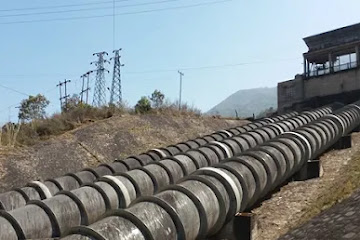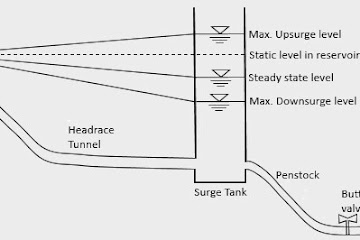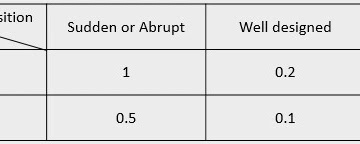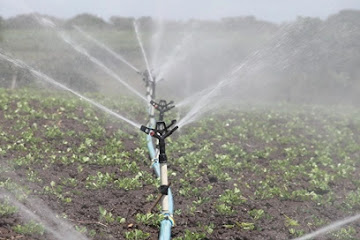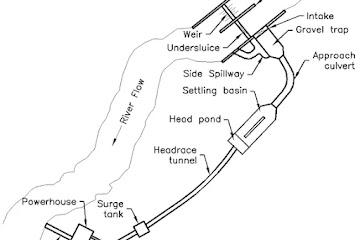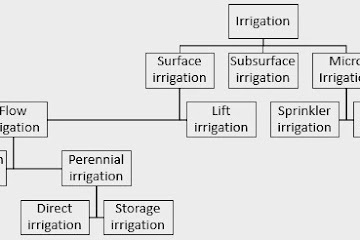Fig: Schematic Diagram of Headworks Components in ROR Type Hydropower Plant
Hydropower plants may be of different types. Based on the type of hydropower plants, the general arrangement and components in headworks may vary. For example, a run of river hydropower plant generally consists of a weir and undersluice structures separated by a divide wall where as in a storage type hydropower plant, it consists of a dam and reservoir system with an spillway sitting on the dam crest. Here, in this article, the major components of diversion headworks in typical ROR type hydropower plant are described. The principal function of each components of headworks are as follows:
Components & Function of Diversion Headwork in Typical ROR Type Hydropower Plant
1. Weir
- To raise the water level upstream of the weir that builds the sufficient driving head to divert water into the water way.
- To allow safe passage of flood through the weir crest.
2. Underlsuice / Scouring Sluice
- To create a still pocket of water in front of the intake so that sediment free water can be withdrawn thorough it.
- To flush sediments deposited in front of the intake by opening undersluice gates.
- To allow a portion of flood discharge to pass safely through it.
3. Divide Wall
- To separate the weir and under sluice portions from each other
- Helps to keep the comparatively less turbulent pockets of water by preventing cross currents near the intake area
4. Intake
- To regulate supply of water into the waterway
- To control entry of sediment and trashes into the waterway
- To prevent flood entering into the waterway
5. Fish Ladder
- To allow migratory fishes to travel between upstream and downstream of weir
6. River Training works such as Flood Walls, Boulder Riprap, etc.
- To prevent flooding of surroundings by safe passage of flood discharge
- To prevent river eroding the river banks
- To prevent river from changing its course
7. Gravel Trap
- To settle coarser sediments entering into the intake
- To avoid small trashes that has passed through intake
- To escape excess water through side spillway if any.
8. Approach Canal / Approach Culvert
- To convey water from intake and gravel trap to settling basin
- To maintain straight approach and controlled velocity before settling basin.
9. Settling Basin
- To settle fine sediments and silts and to flush them out
- To escape excess water through side spillway if any.
10. Head Pond / Forebay
- To maintain submergence for pressure conduit
- To escape excess water through side spillway if any.
- It also serve the function of head regulation.




